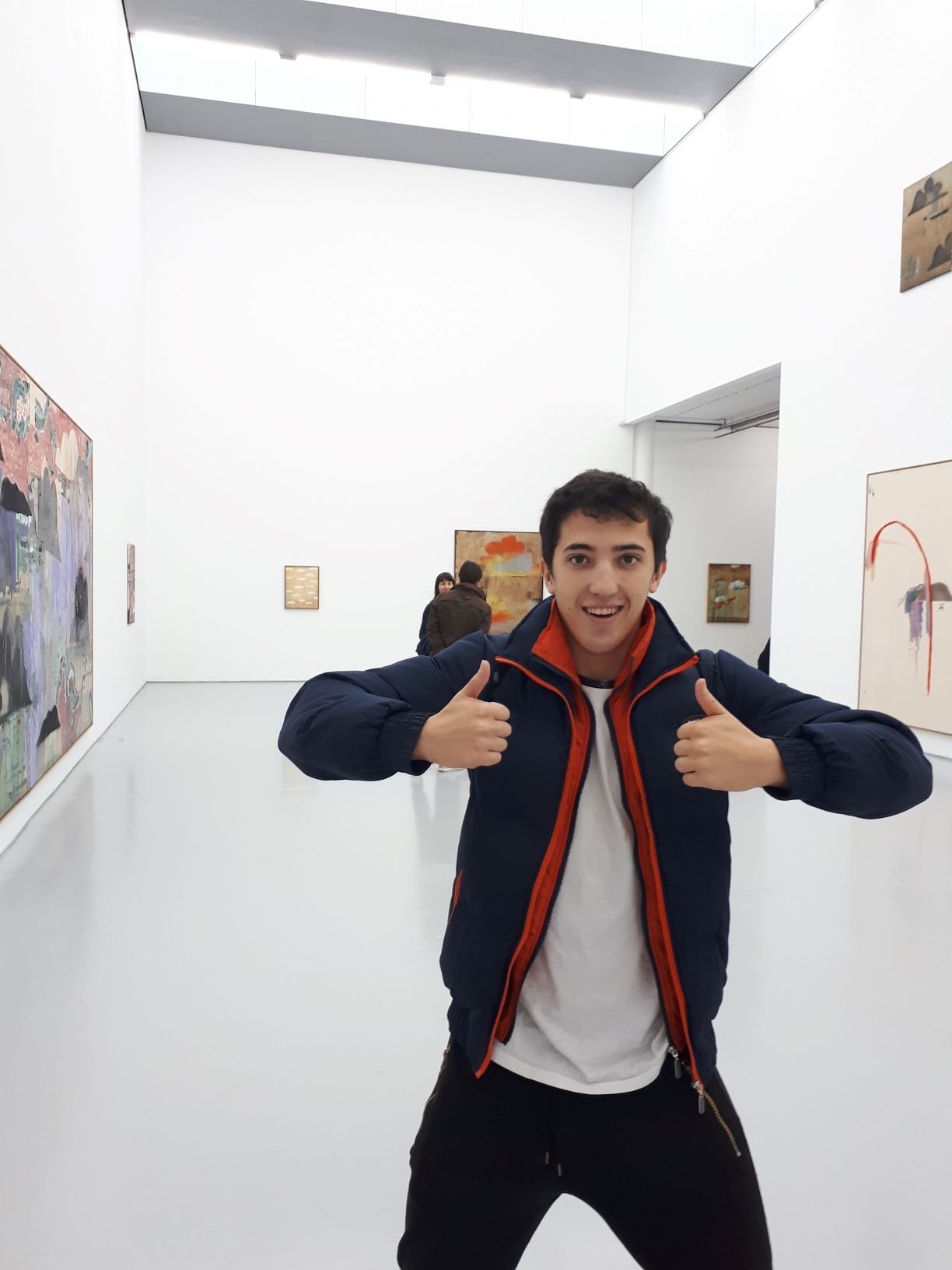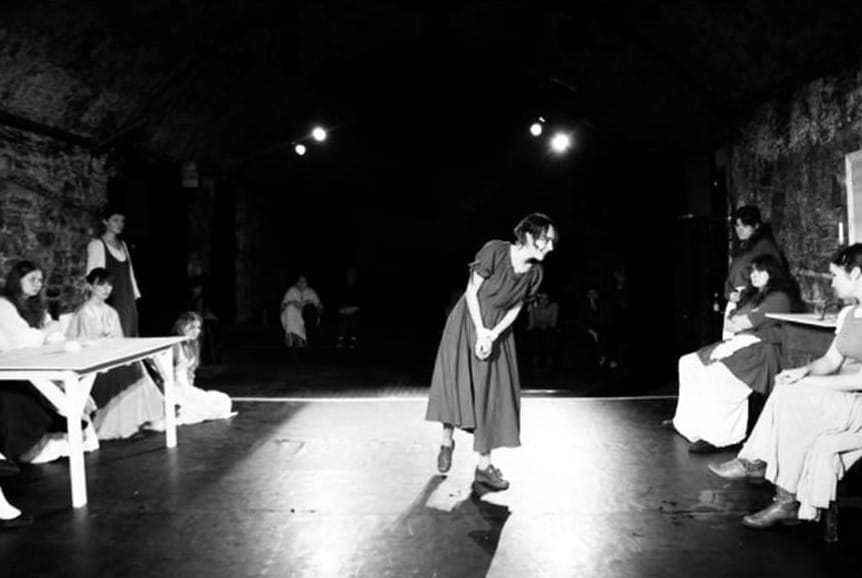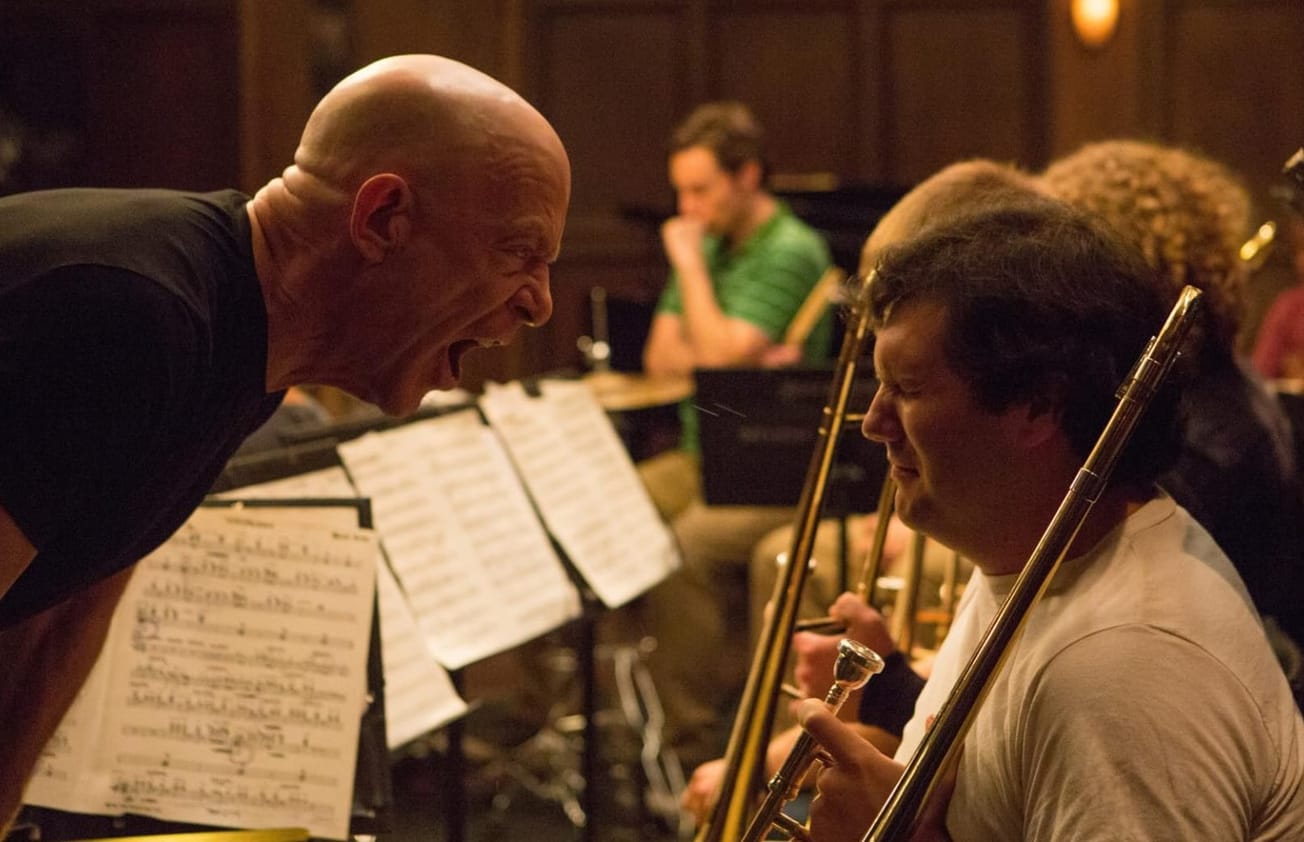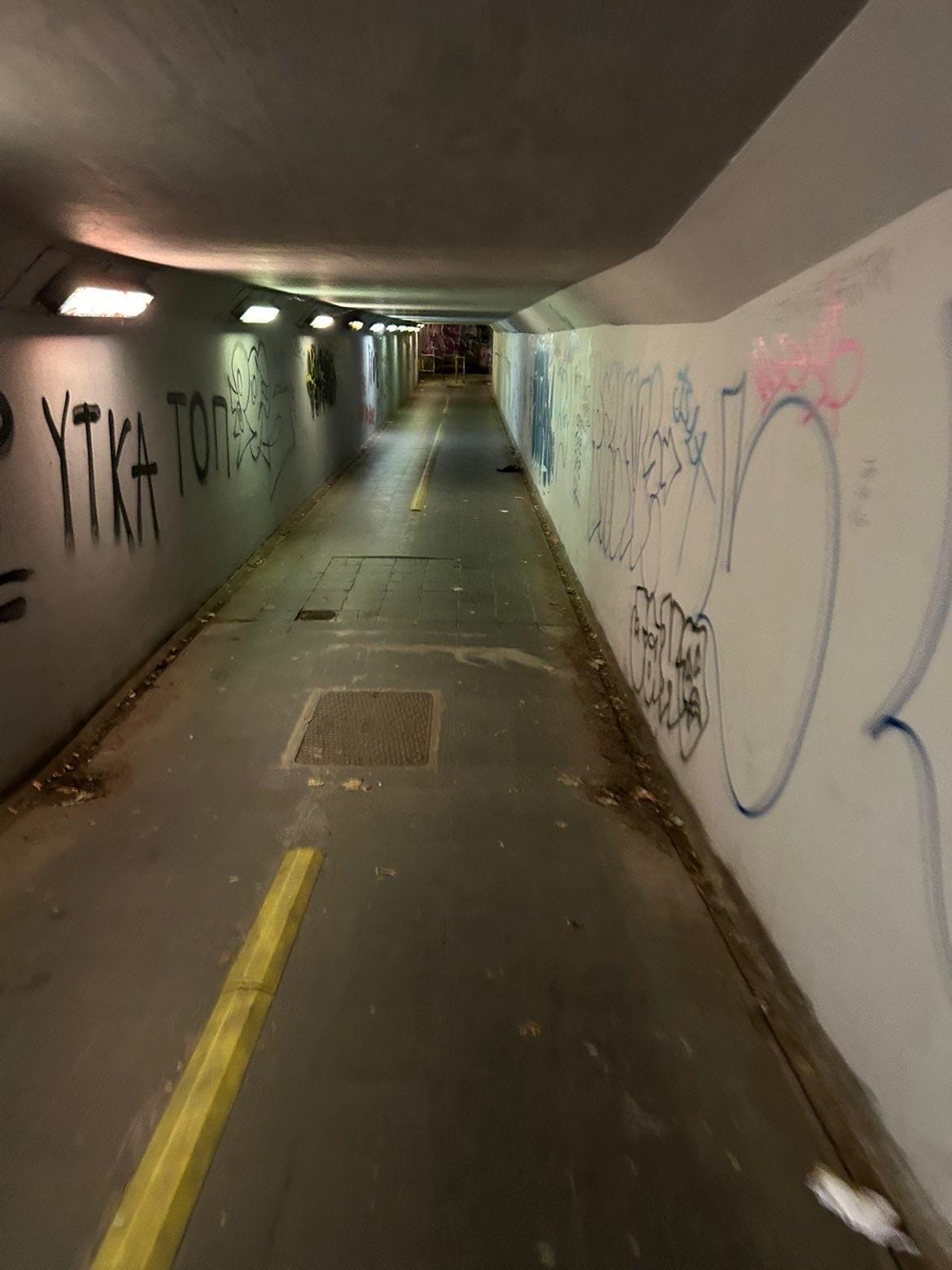By Hudi Charin, third year History of Art
Taking my mechanical engineer boyfriend to Spike Island was a risky move. I thought he was ready. I was wrong.
Taking my mechanical engineer boyfriend to Spike Island was a risky move. There’s scientists who appreciate the arts. There’s scientists who don’t really appreciate the arts. And then there’s Zac, who thought The Odyssey was written by Homer J Simpson.
"he coped pretty well with the National Gallery, using Snapchat to face swap with Rembrandt"
We’ve braved more traditional art galleries in the past. He coped pretty well with the National Gallery, using Snapchat to face swap with Rembrandt, which you could argue is a postmodern interpretation of the medium of the self portrait. I thought it was maybe time he took on contemporary, conceptual art. I thought he was ready. I was wrong.
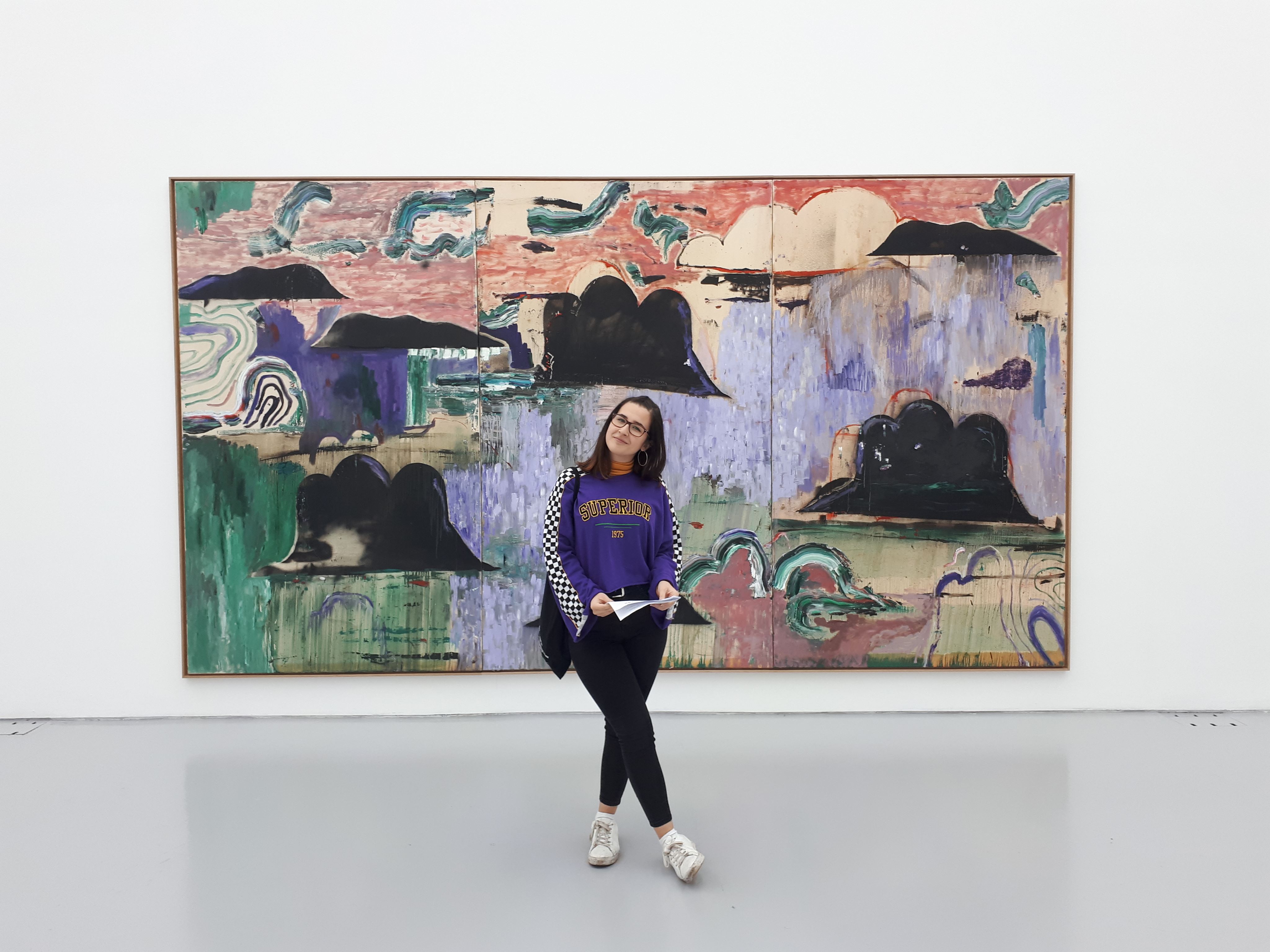
The author, appreciating some art. Image credits: Epigram / Hudi Charin.
Spike Island is a gallery and studio space in Bristol, showcasing contemporary artists’ works. Benoît Maire’s Thebes is currently on display. Spike Island describes the artist as a ‘visual philosopher’ whose works ‘question the origin of humankind and the objects we produce.’ In other words, this was arty fartyness at its best, a lot of abstract paintings and abstract ideas.
"this was arty fartyness at its best, a lot of abstract paintings and abstract ideas"
As soon as we walk in, Zac tries to get to grips with what exactly it is he’s seeing. The entire first room is filled with paintings of clouds, apparently ‘drawing a parallel between painting and the ever changing forms of clouds'. There’s canvas after canvas of splodges of colour, each one a slightly different interpretation of the concept, moving between figuration and abstraction. Zac looks around hopefully and eventually says ‘so this is… Impressionism?’ Nope, but nice try.
I begin to try to explain the difference between the 19th century art movement and Benoît Maire’s artworks, suggesting that there may indeed be some parallels … but Zac’s already wondered off to the far side of the room, standing far too close to a painting. I grab his arm to pull him back - just because there isn’t a rope to stop you touching, it doesn’t mean they want your nose impaling the canvas.
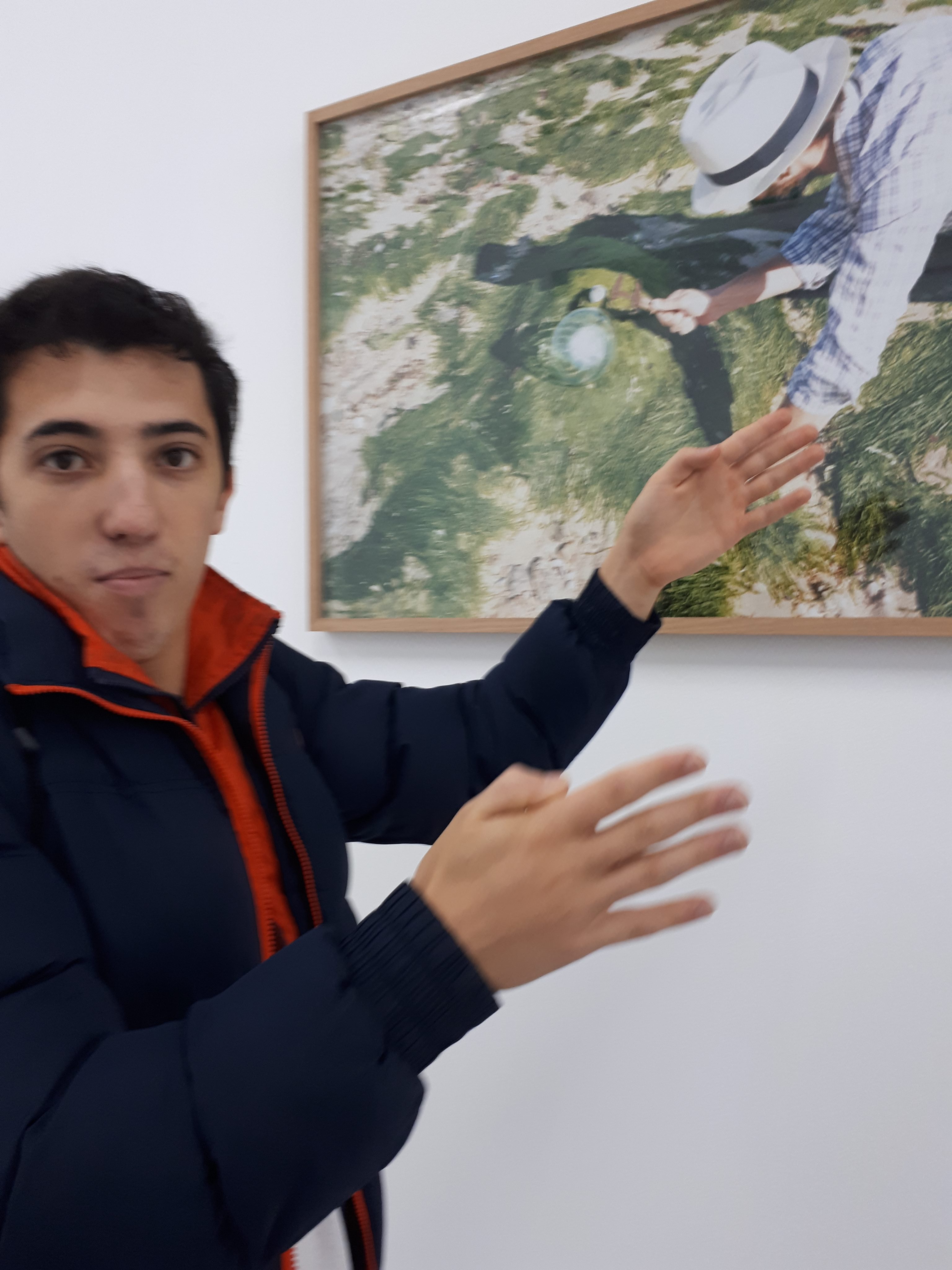
A wild mechanical engineer outside his natural habitat. Image credits: Epigram / Hudi Charin.
Zac is looking at the splodges of paint and, rubbing his chin thoughtfully, ‘I sense a common theme,’ he says after a while.
‘Oh yes?’ I say encouragingly. Will he have spotted the references to abstract expressionism, the drawing on action painting, the blurring of the lines between imagination and reality?
‘There’s these big blimps in all of them.’ Says Zac, pointing at a particularly large purple splodge.
‘Er, yes, I suppose there are.’ I mutter, trying to think of a way to relate this back to an art historical discourse - but Zac’s already plodding off into the next room.
In Benoît Maire's exhibition #Thebes, see Robert Mallet-Stevens⠀
— Spike Island (@_SpikeIsland) 23 October 2018
Dining chair (1980s re-edition) with Pierre Dariel, Hendaye chair (c.1930). By mixing his own works with those of other artists and designers, Maire questions the status of the object, … https://t.co/n767MMhtES pic.twitter.com/UURGONt8kk
We’re met by a video playing on loop. It’s an amalgamation of a few different clips, but it mainly consists of Maria Sharapova repeatedly hitting a tennis ball whilst the sound echoes around the gallery.
‘I would actually go insane if I had to listen to this every day.’ Zac says, far too loudly. The volunteer whose job that literally is gives us a glare and we scuttle away.
"There’s scientists who don’t really appreciate the arts. And then there’s Zac, who thought The Odyssey was written by Homer J Simpson"
Zac starts laughing next to one particular piece. The photo shows a man leaning over a big glass ball, holding a kind of metal measuring tool.
‘I love that.’ Zac’s saying gleefully.
The art historian within me is delighted. Okay, so the cloud paintings weren’t for him, and the tennis video was a bit weird, but maybe this will speak to him.
‘What do you like about it?’
‘It’s so ridiculous. That’s a caliper, it would obviously never be able to measure the diameter of that sphere, I mean, look the arms of the caliper are way too narrow…’
No way have we come to an art gallery only for him to explain something sciencey to me. On to the next room.
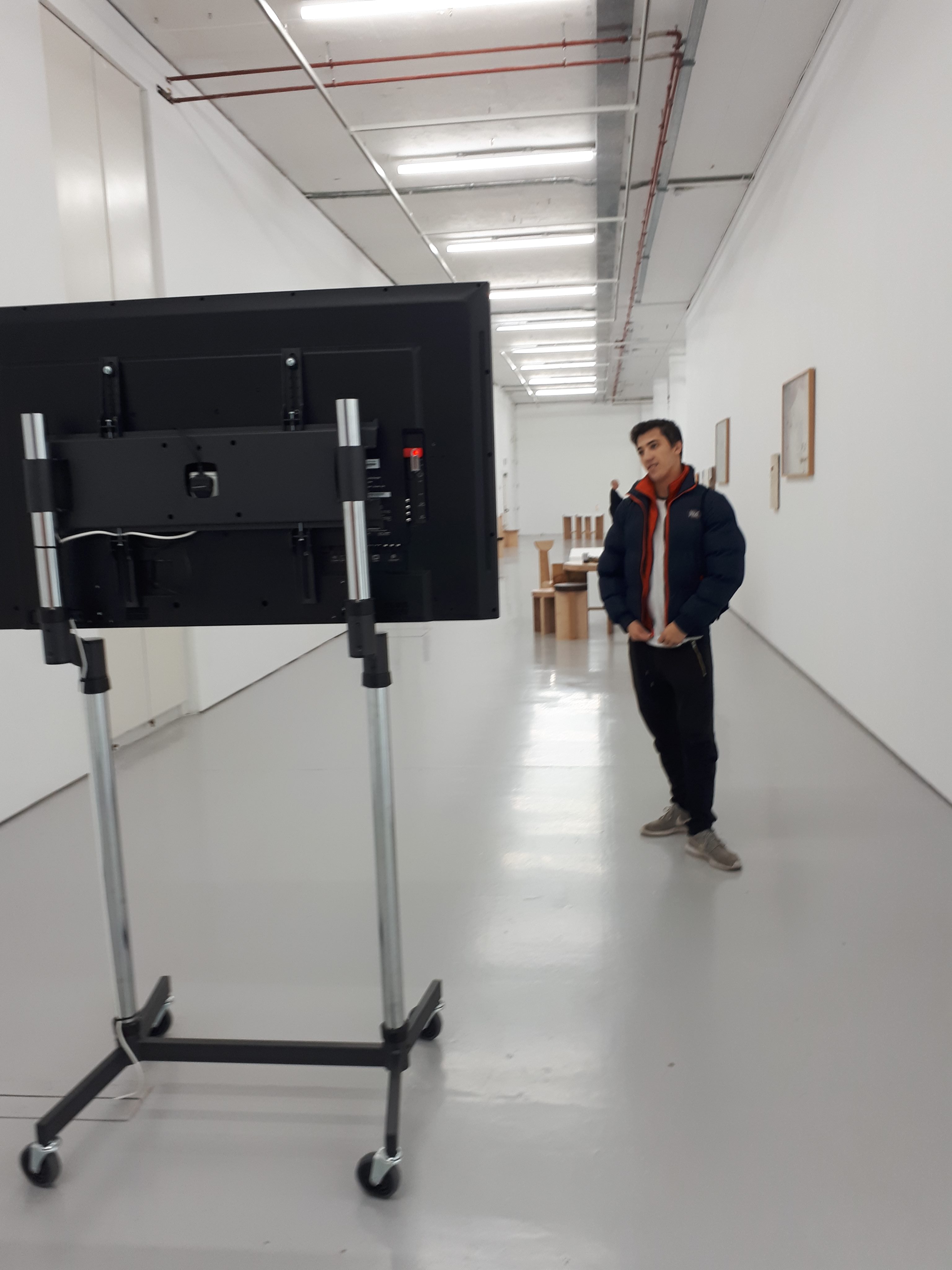
‘I would actually go insane if I had to listen to this every day.’ Image credits: Epigram / Hudi Charin.
It is full of objects in various arrangements, industrial tools, found objects and Maire’s own artworks. The guide tells us the room questions ‘the status of the object, and how we categorise form in art, culture and nature.’ Zac, helpfully, categorises it all as rubbish.
"I look down at the exhibition guide, gobsmacked. He’s right"
The final room is a screening of the word 'origin', a film showing a man going about his mundane life. We watch the video and I’m completely bemused. Surely Zac will be too.
‘I noticed a theme.’ He says.
‘Oh, yeah?’ I ask, dreading his response.
‘Eggs. There’s a lot of eggs in the film, I think it’s talking about the never-ending cycle of life.’
I look down at the exhibition guide, gobsmacked. He’s right.
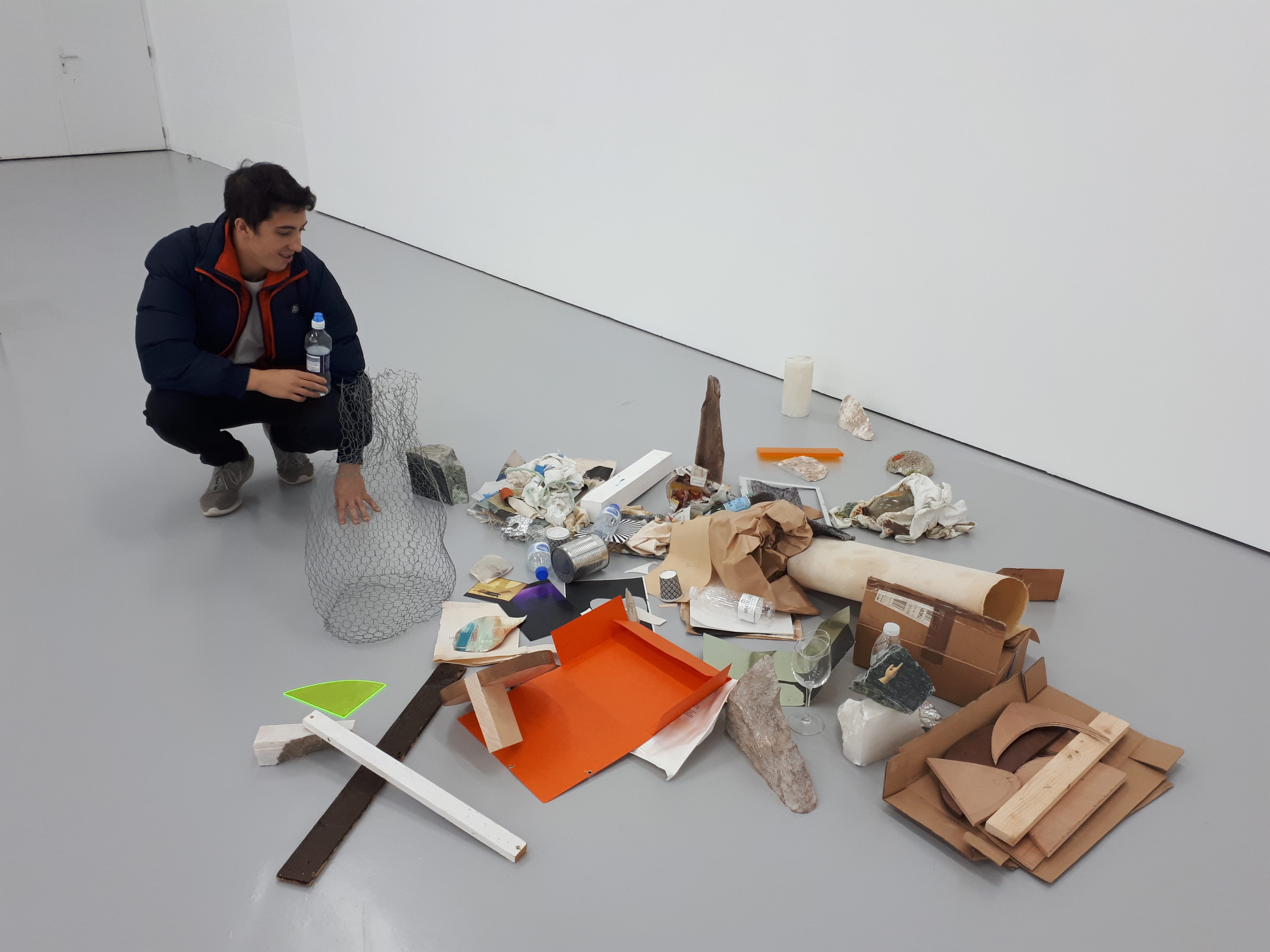
Zac and some 'rubbish'. Image credits: Epigram / Hudi Charin.
We leave the exhibition and I’m a bit shell-shocked - could my anti-art boyfriend really have spotted something that I didn’t? Does this change the whole dynamic of our relationship? As we go, he points to a fire extinguisher.
‘So, what? Am I supposed to accept this is art, too?’
Maybe things are back to normal after all.
For a more intelligent response to the exhibition check out Epigram Arts’ 'proper' review.
(Featured image: Epigram / Hudi Charin)
Do you agree with the anti-art counterpart? Let us know in the comments below or on social media.

